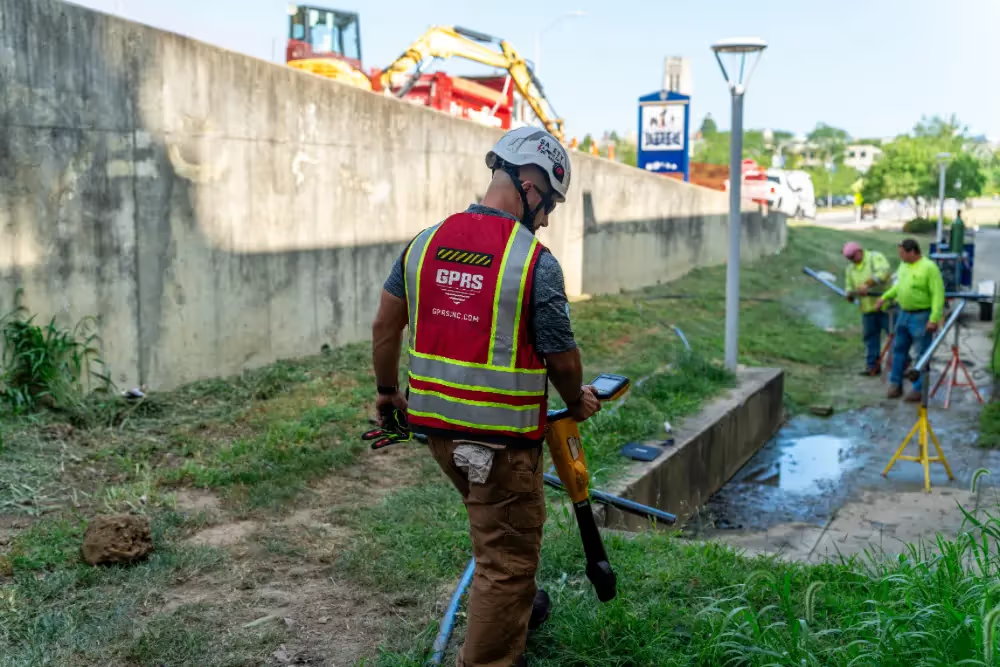With the rapid growth of digital technology, the demand for data centers has surged.
Building these centers from scratch is often expensive, time-consuming, and resource intensive. To address these challenges, developers are increasingly turning to adaptive reuse, a strategy that involves repurposing existing buildings for new uses.

Understanding Adaptive Reuse
Adaptive reuse involves converting old or underused buildings for new purposes. Instead of demolishing a structure and starting from scratch, this approach retains the building's core elements and modifies it to suit its new function. In the case of data centers, this means retrofitting structures like warehouses, offices, or retail spaces to house servers, cooling systems, and other vital IT infrastructure.
The Rising Demand for Data Centers
The exponential increase in data usage, driven by cloud computing, the Internet of Things (IoT), and the proliferation of digital services, has created a massive demand for data centers. Traditionally, building a data center involves constructing a new facility, which can be a lengthy and expensive process. Adaptive reuse offers an alternative, allowing companies to quickly and efficiently meet their data center needs.
Advantages of Adaptive Reuse in Data Center Construction
1. Cost Efficiency
Constructing a new data center requires significant investment in land acquisition, construction materials, and labor. By repurposing existing buildings, companies can save substantially on these initial costs. Adaptive reuse makes use of the existing structural framework, reducing the need for new construction materials and labor. For instance, the conversion of the former Sears headquarters into a data center complex is leveraging the building's existing infrastructure, leading to considerable cost savings.
2. Speed of Deployment
Time is a critical factor in data center deployment, especially given the rapid growth of data needs. Building a new facility can take several years, from planning and permitting to construction and commissioning. Adaptive reuse allows for a much quicker turnaround. Since the building's basic structure is already in place, developers can focus on retrofitting and upgrading the facility, significantly reducing the time required to bring the data center online. The Sears headquarters project exemplifies how adaptive reuse can fast-track the development process to meet the increasing demand for data storage and processing.
3. Sustainability and Environmental Benefits
Adaptive reuse is inherently more sustainable than new construction. By repurposing existing structures, the need for new construction materials is minimized, and the waste generated from demolition is avoided. Additionally, the embodied energy—the energy used in the original construction of the building—is preserved, reducing the overall environmental impact.
Data centers are known for their high energy consumption, making sustainability a key concern. Using adaptive reuse to create data centers allows companies to reduce their carbon footprint. The approach aligns with broader sustainability goals and demonstrates a commitment to environmentally responsible practices. The transformation of the former Sears headquarters into a data center not only repurposes an existing structure but also contributes to a more sustainable development model.
4. Strategic Locations
Many buildings suitable for adaptive reuse are in urban or suburban areas, where existing infrastructure such as power, water, and fiber optic networks are already in place. These locations offer advantages over more remote sites that may require extensive infrastructure development. Being closer to clients and existing networks can improve data center efficiency and reduce latency.
5. Preservation of Architectural Heritage
Adaptive reuse allows for the preservation of buildings with historical or architectural significance. By converting these structures into functional spaces like data centers, developers can maintain the character and legacy of the building while giving it a new purpose. This not only adds value to the community but also contributes to the cultural and historical fabric of the area.
Challenges of Adaptive Reuse for Data Centers
While adaptive reuse offers numerous benefits, it also presents several challenges that need to be addressed during the conversion process:
- Structural Modifications: Existing buildings may require significant structural modifications to support the weight and layout of data center equipment. This includes reinforcing floors and walls to accommodate heavy server racks and cooling systems
- Power and Cooling Upgrades: Data centers require robust power and cooling systems to ensure efficient operation. Retrofitting an older building to meet these requirements can be complex and may involve extensive electrical and HVAC upgrades
- Compliance and Security: Data centers must adhere to strict industry standards for security, fire safety, and environmental controls. Ensuring that an adapted building complies with these regulations can be more challenging than designing a new facility with these standards in mind
Despite these challenges, the benefits of adaptive reuse often outweigh the difficulties, particularly when the building's existing characteristics align with the needs of a data center.

GPRS Services Aid in Adaptive Reuse Projects
GPRS helps ensure adaptive reuse projects of all shapes and sizes stay on schedule, on budget, and safe by offering a full range of services for subsurface damage prevention, existing conditions documentation, and construction and facility project management.
Our range of services includes concrete scanning, utility locating, video pipe inspection, and leak detection—essential measures to prevent subsurface damage during excavation or when drilling and cutting through concrete. We utilize cutting-edge technologies such as ground-penetrating radar (GPR), electromagnetic (EM) locating, and remotely operated sewer pipe inspection rovers. Our SIM and NASSCO-certified Project Managers (PMs) provide comprehensive insights into your site's subsurface structures.
For accurate above-ground documentation and to capture the findings of our PMs, we offer 3D laser scanning and photogrammetry services that deliver data with a precision of 2-4 mm. This data supports project design and future operations and maintenance (O&M) efforts. Our Mapping & Modeling Department can tailor this data into any required format or software.
SiteMap® (patent pending), our cloud-based platform for project and facility management, offers 24/7 access to this field-verified data, enhancing asset protection and team collaboration.
With SiteMap®, you and your team can securely access and share critical information from any computer, tablet, or mobile device, ensuring seamless, real-time collaboration anytime, anywhere.
From skyscrapers to sewer lines, GPRS Intelligently Visualizes The Built World® to keep you on time, on budget, and safe.
What can we help you visualize?
Frequently Asked Questions
What are the Benefits of Underground Utility Mapping?
Having an updated and accurate map of your subsurface infrastructure reduces accidents, budget overruns, change orders, and project downtime caused by dangerous and costly subsurface damage.
How does SiteMap® assist with Utility Mapping?
SiteMap®, powered by GPRS, is the industry-leading infrastructure management program. It is a single source of truth, housing the 99.8%+ accurate utility locating, concrete scanning, video pipe inspection, leak detection, and 3D laser scanning data our Project Managers collect on your job site. And the best part is you get a complimentary SiteMap® Personal Subscription when GPRS performs a utility locate for you.
Click here to learn more.
Does SiteMap® Work with my Existing GIS Platform?
SiteMap® allows for exporting of data to SHP, GeoJSON, GeoPackage, and DXF directly from any user’s account that either owns or has a job shared to their account. All these file formats can be imported and utilized by other GIS packages if manually imported by the user. More information can be found at SiteMap.com.



.svg)